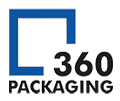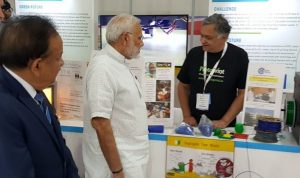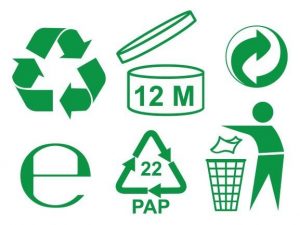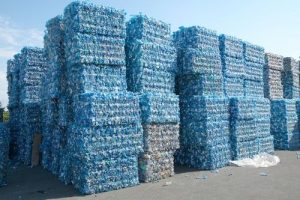
Global Standards and Compliance on ISO/IEC Barcode Verification for Pharma as per Serialisation
To meet the regulated health care guidelines it is important for the pharma manufacturers and their packaging suppliers are aware of global standards and have the ability to verify their packaging and labelling as per globally specified standards. The methods for accurately assessing and analysing design, encodation and print quality of the barode symbols is vital to ensure smooth flow of the product along the supply chain. This ofcourse covers the family of GS1 symbologies both linear as well as 2D. The importance of a stand alone judge performing the task of barcode verification helps to identify, analyse and correct errors, in addition to keep a record of quality and compliance which is vital within the industry.











